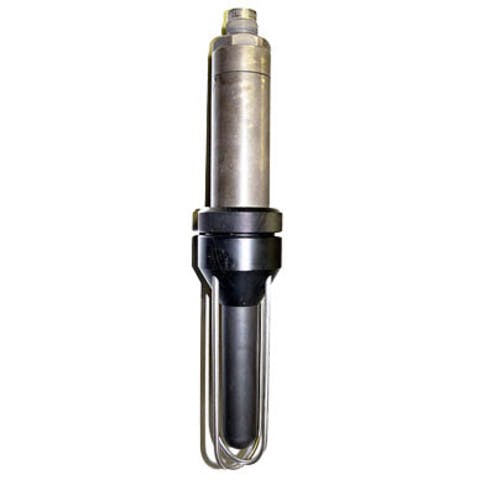“Innovation is the outcome of a habit, not a random act.” – Sukant Ratnakar

Source:- 21st Century Tech
War has always had a tendency to accelerate innovation and invention. World War I was one of the great watersheds of 20th-century geopolitical history. Central powers like Germany, Austria-Hungary, and Turkey fought against the Allies mainly France, Great Britain, Russia, Italy, Japan, and, from 1917, the United States. In World War II, the main combatants were the Axis powers Germany, Italy, and Japan and the Allies France, Great Britain, the United States, the Soviet Union, and, to a lesser extent, China. These wars saw many technological advancements that were written in the history books. Today, we are going to try to see all these advances and analyse how they helped us at that time and how they help us now.
 add a giphy)
add a giphy)
Technological innovations from the First World War.
- Tanks
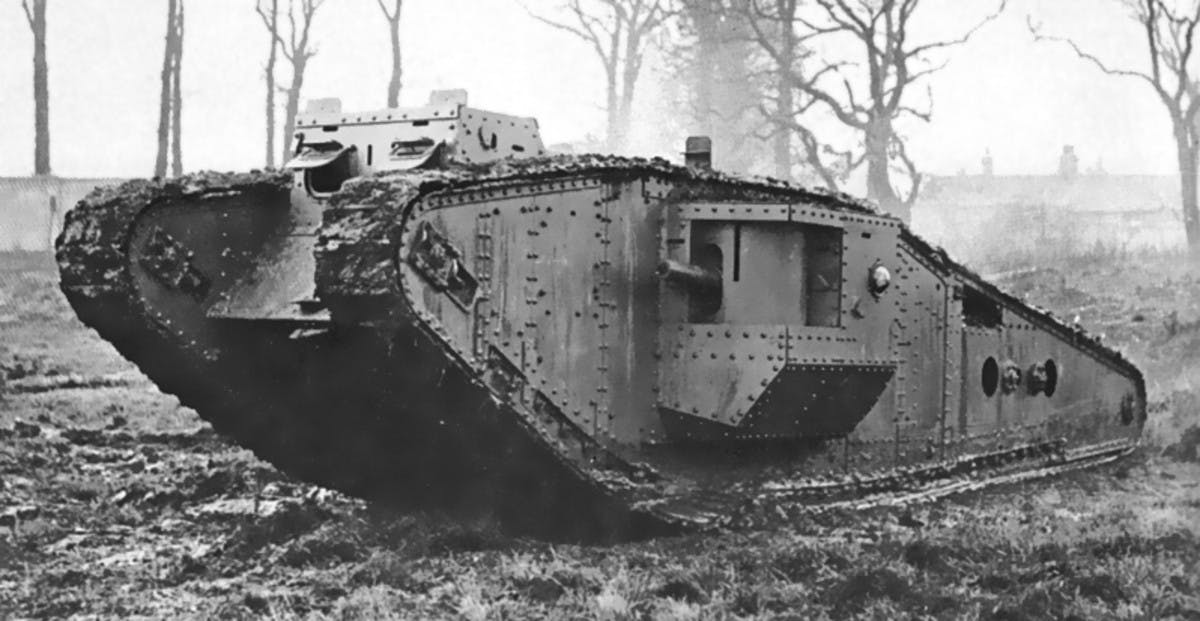
Source:- British Mark I Tank owlcation.com
Trenches were heavily used back then. The machine guns eliminated rifle fire from the defensive trenches. The war seemed to be unwinnable at that with the use of trenches. But, there was a solution to this attack strategy. A heavily armoured, with a mini internal combustion engine that runs on diesel/gas, was brought to the battlefield. That was the Tank. The tanks had wheels with armoured treads so that they can handle grounds and were heavily equipped with machine guns ready to assassinate anyone who comes in the way of it. British Mark I, the first tank of its kind, designed in 1915, was first seen on the battlefield in Somme September 1916. The tank has continued to be a major player in land operations in the twenty-first century, but it was born and raised in the world wars – a true baptism of fire. The first-ever tank to have a fully rotating turret on the top was the Renault FT tank made by French tank pioneer, Jean-Baptiste Estienne.
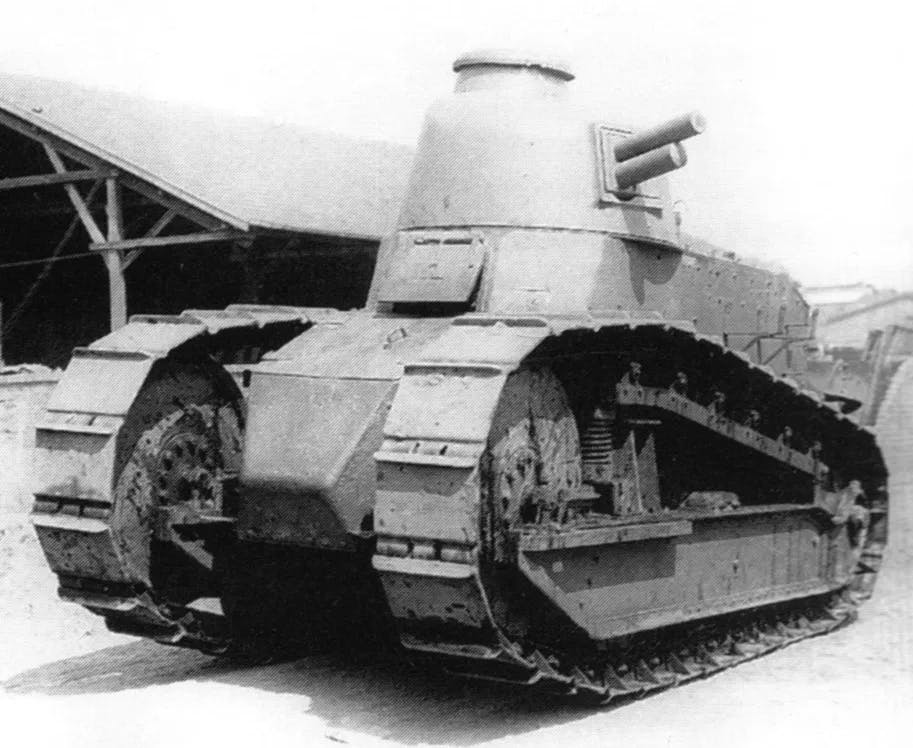
Source:- RENAULT FT www.militaer-wissen.de
- Poison Gas

Source:- www.businessinsider.com
The poison gas, considered to be one of the deadliest weapons in WWI, had effects that were pervasive and devastating. The poison gas was first used by Germans in 1915 in the Battle of Second Ypres as a lethal weapon on the battlefield but it proved to be worthless as a traditional weapon cause its success depended not only on the type of gas and the sophistication of its delivery method but also often on the weather conditions on the day. Gas masks have been invented to offer immunity against toxic gases, leading to another innovation. However, poison gas became possibly the most important psychological weapon of the war, and soldiers and engineers alike spent much of their time and resources anticipating and guarding against terrifying (and, many felt, immoral) death.
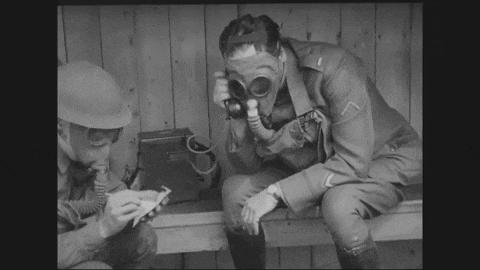
Source:- giphy.com/usnationalarchives
- Machine Guns
You guys must be having an idea about the Gatling guns right? Yes, the ones which were used before WWI. It was the most popular automatic rapid-fire weapon which resembled a cannon. The image is shown below👇.
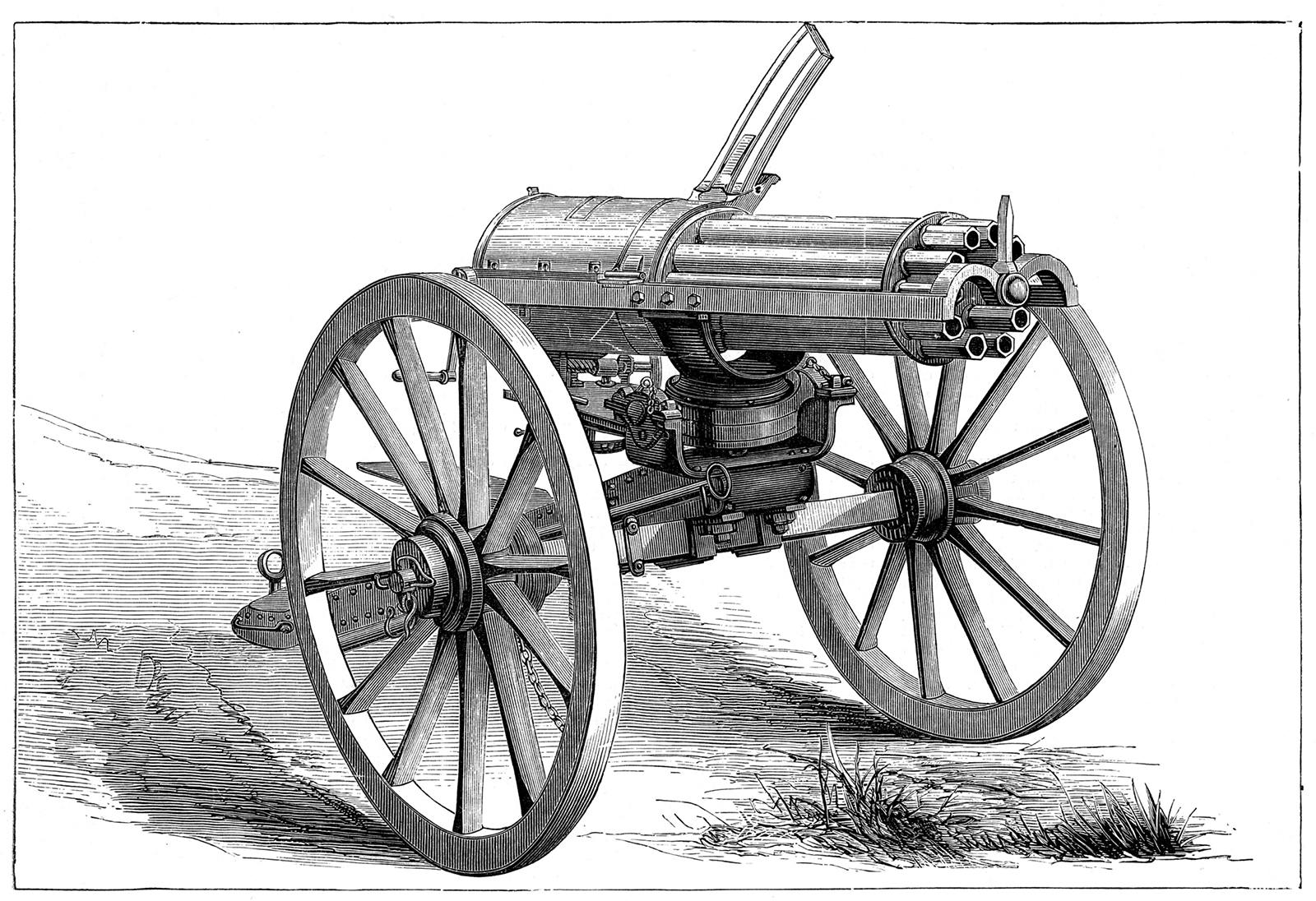
Source:- www.britannica.com
The Vickers machine gun, a British-made weapon, was formally introduced in 1912 and was rapidly used during the war. The Vickers was a water-cooled weapon. This MG used the same ammunition as the Lee Enfield rifle (0.303-inch rounds) and was capable of firing 450 rounds per minute. Although the weapon was described as very heavy, its power and portability made it an effective addition to the arsenals on both sides. You can see the image below👇.
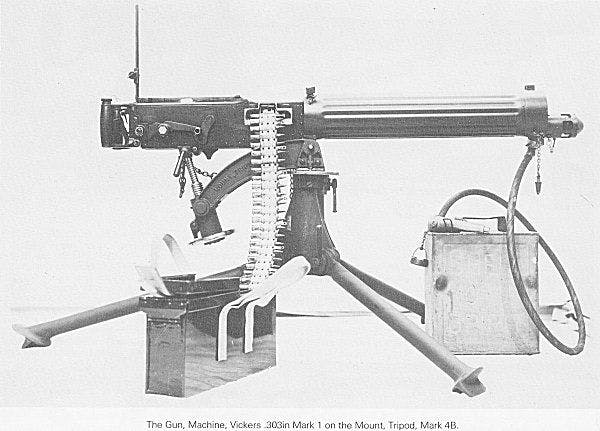
Source:- Vickers machine gun Pinterest
- Tactical Air Support
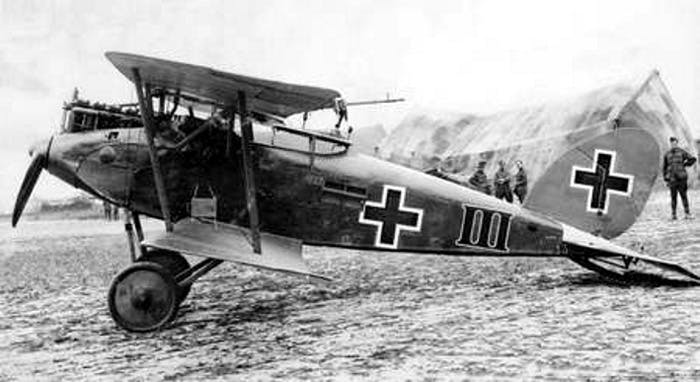
Source:- www.aresgames.eu
As far as supporting the army on the battlefield is concerned, tactical air support has played an important role.
John H. Morrow Jr. wrote: Military aviation did not determine the outcome of World War I, but the airplane did establish its very real significance in support of the army on the battlefield.
There were principal air power roles like control of the air, intelligence, surveillance, and reconnaissance (ISR), and attack. The original planes were merely used for simple purposes, but soon both sides were rushing to design single and biplane fighters that could hold heavy bombs and machine guns while maintaining (or, at this point, having) manoeuvrability. Finally, air superiority became an important element of tactical success in the second half of the war.
- Pilotless Drones
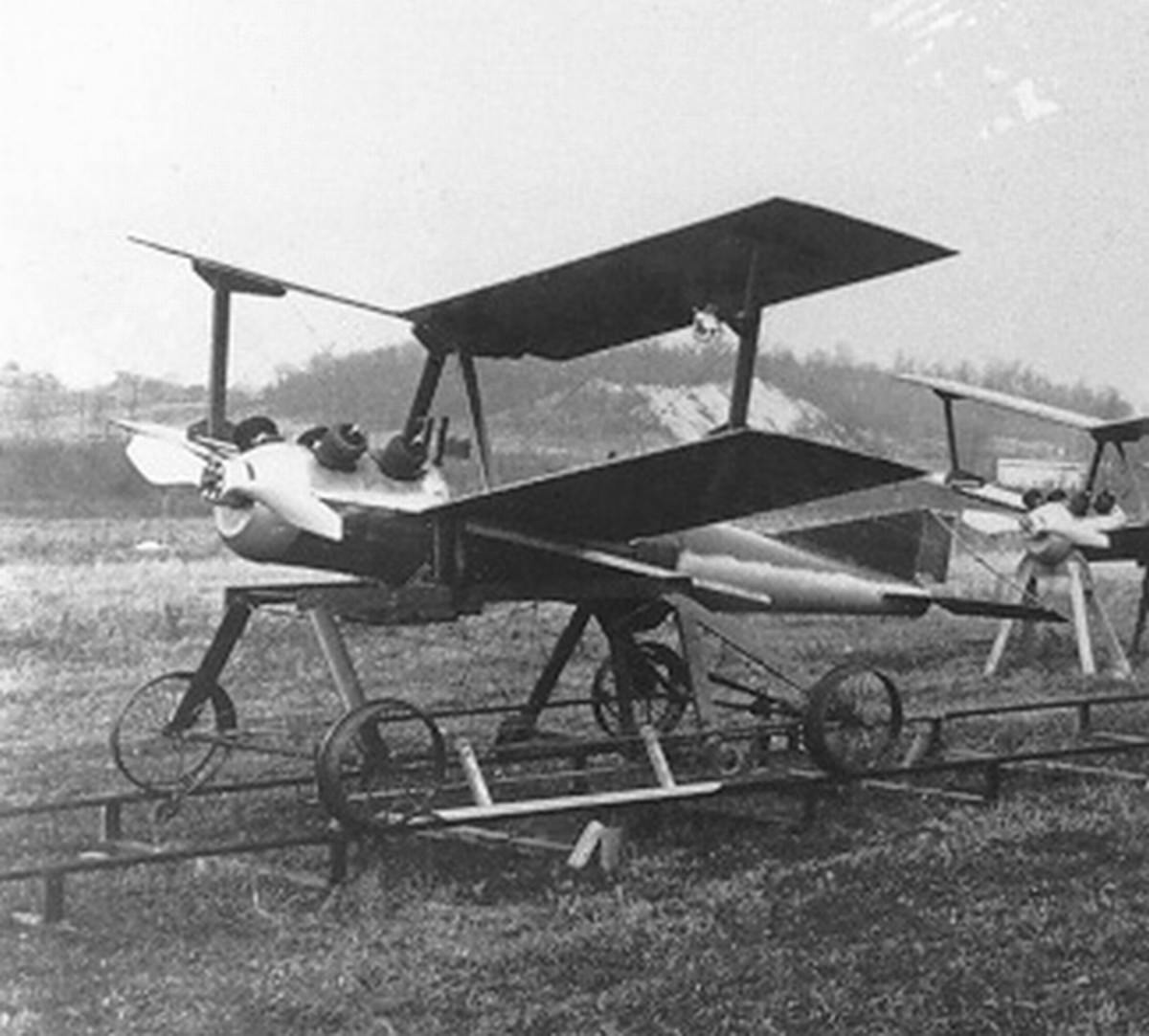
Source:- www.owlcation.com
Sounds very innovative right? Can you believe that these drones were first used in WW1? Yeah, even I can't believe it! Pilotless drones, also known as Unmanned Aerial Vehicle(UAV), were drones that were controlled by someone on the ground flying into the sky without any human pilot. The first pilotless drone was developed for the U.S. Navy in 1916 and 1917 by two inventors, Elmer Sperry and Peter Hewitt. They made use of gyroscopes and a barometer to determine altitude. They were mainly used for surveillance and transport in both military and non-military applications. Imagine how high the technology was during the First World War itself!
There were many other innovations that were discovered during WWI like:-
- Flamethrowers
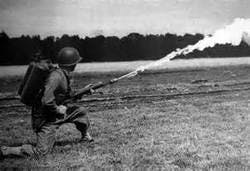
Source:- www.period6group7.weebly.com
- Tracer Bullets
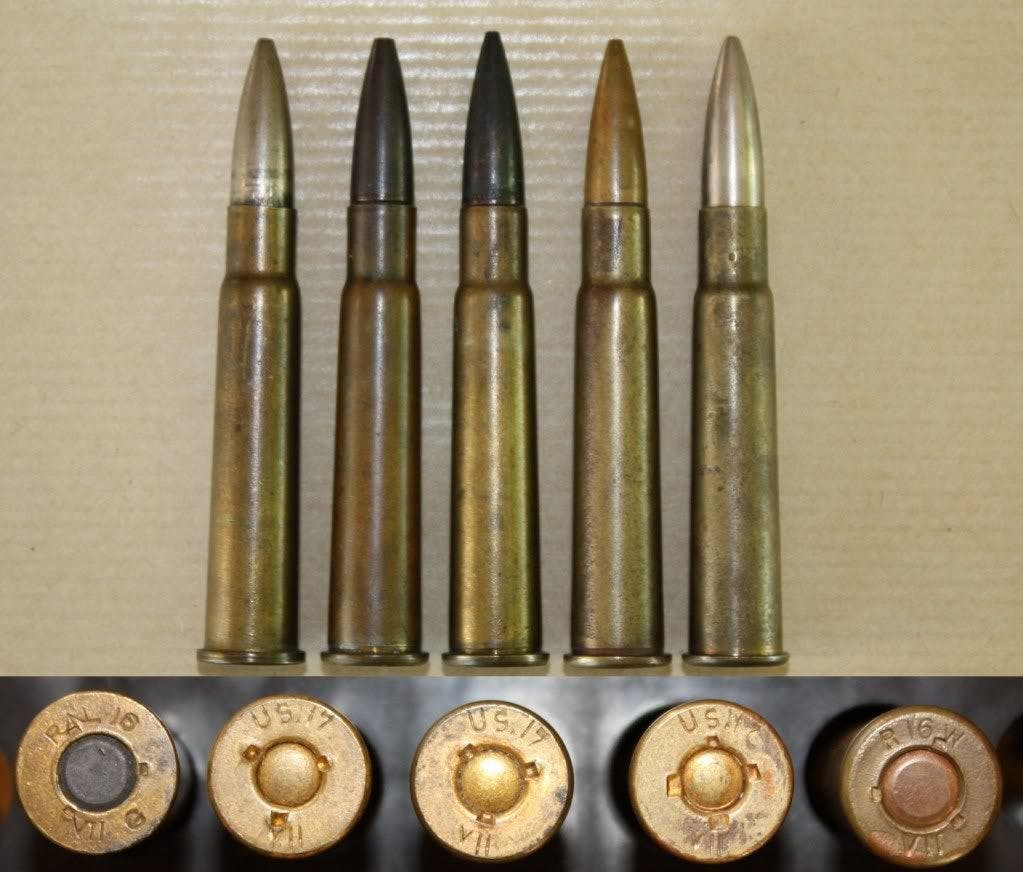
- Interrupter Gear

Source:- Wikipedia
- Air traffic control

Source:- www.eandt.theiet.org
- Depth Charges

Source:- warfarehistorynetwork.com
- Hydrophones
Source:- www.timetoast.com
- Mobile X-Ray Machines
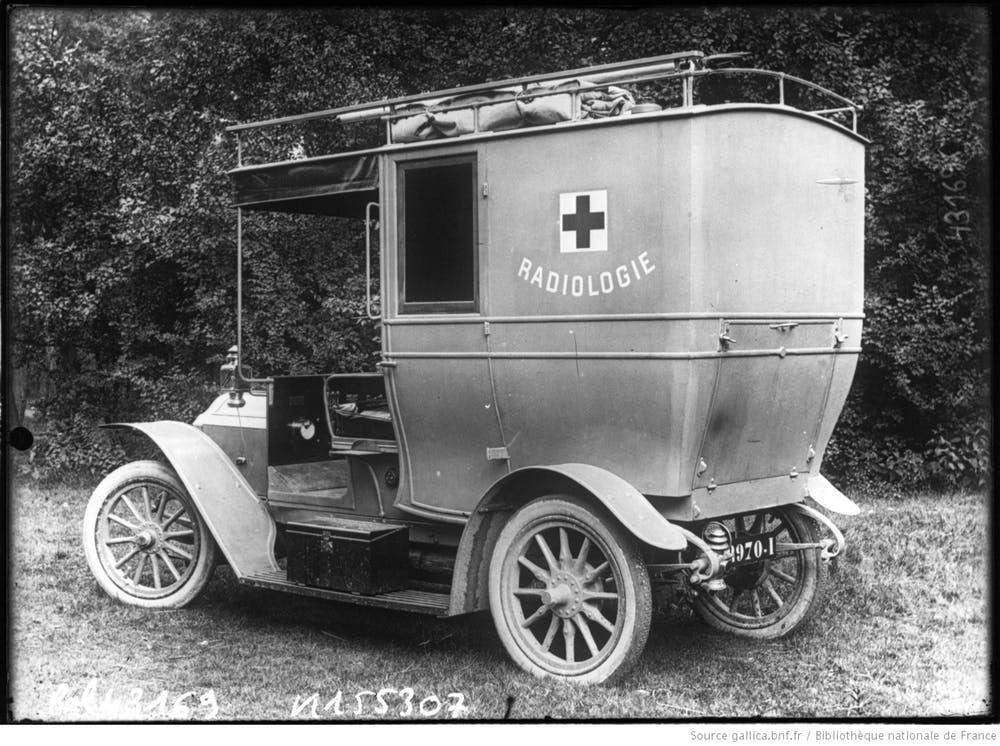
Source:- www.smithsonianmag.com
- Sanitary Napkins
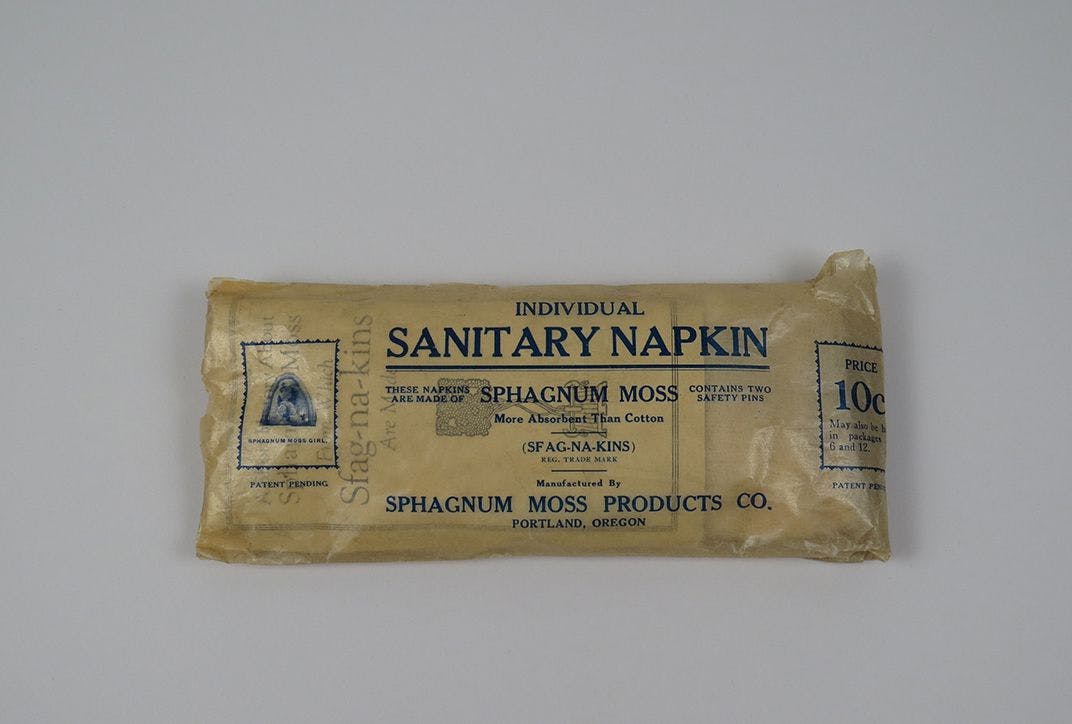
Source:- www.smithsonianmag.com
Technological innovations from the Second World War.
- RADAR (Radio Detection And Ranging)
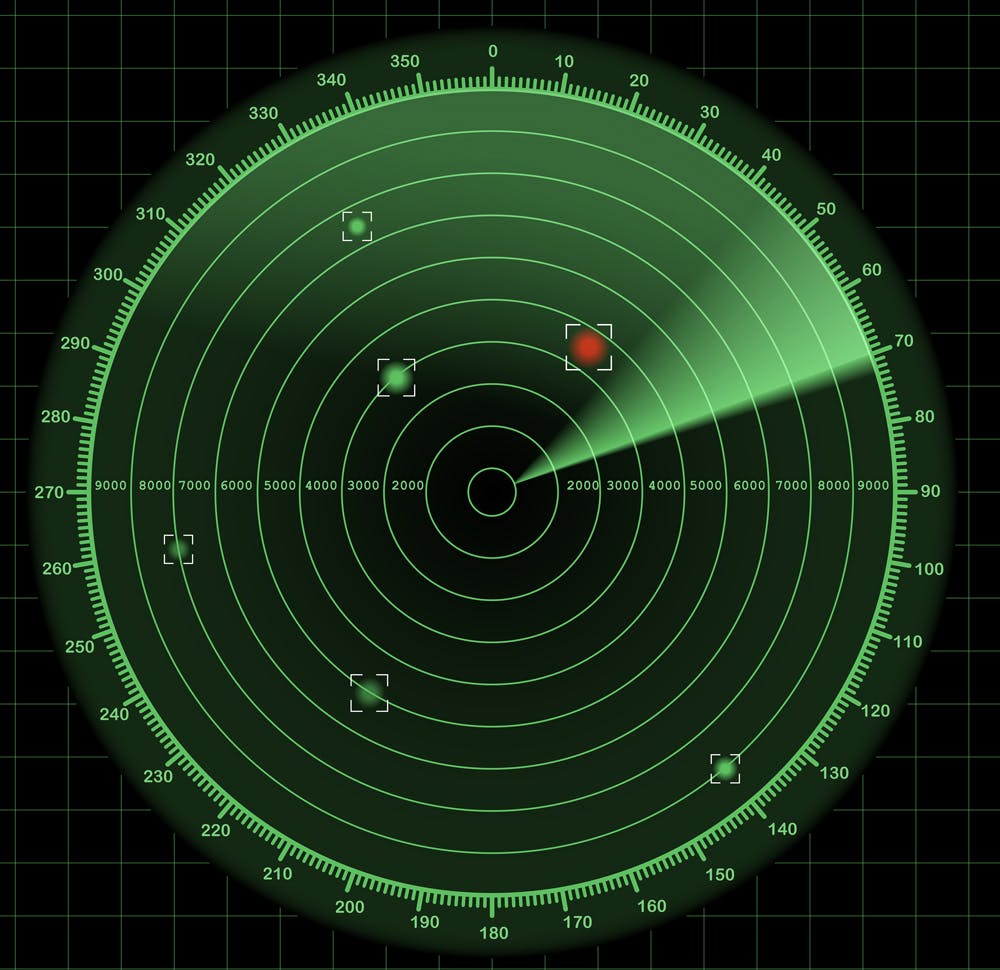
Source:- www.telegraphindia.com
While the idea of using radio waves to detect objects, as well as their velocity and distance, was introduced long before the war, the first radar navigation system did not appear until just prior to the Second World War. It is essentially an electromagnetic system used to detect the position and distance of an object in relation to the point where the RADAR is placed. In the year 1927, Sir Robert Watson Watt helped to form Britain's Radio Research Station. There were strains around the war. The probability of aerial raids and the threat of invasion led to the use of RADAR systems for defence.
- Penicillin
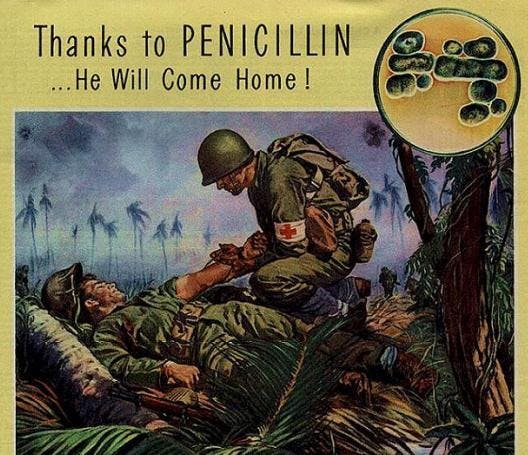
Source:- www.nww2m.com
The world before antibiotics was a more dangerous place, a place where a simple scratch, never mind a bullet wound, could lead to death from infection. The invention of Penicillin changed history. Alexander Fleming, Howard Florey, and Ernst Chain, in the year 1930, developed an antibiotic named penicillin. It helped World War II soldiers combat infections and helped them survive. An estimated 80,000,000 to 2,000,000 lives were saved by penicillin! It's a tremendous number.
- Wernher von Braun and V2 missiles

Source:- Wernher von Braun www.smithsonianmag.com
You might be wondering who is Wernher von Braun right? Well, he was a German rocket scientist who worked for the Nazis until making his way to the US at the end of the war. He was referred to as the Father of Rockets. He was responsible for the "Vergeltungswaffe 2" or V2 missiles, the world's earliest long-range ballistic missiles.
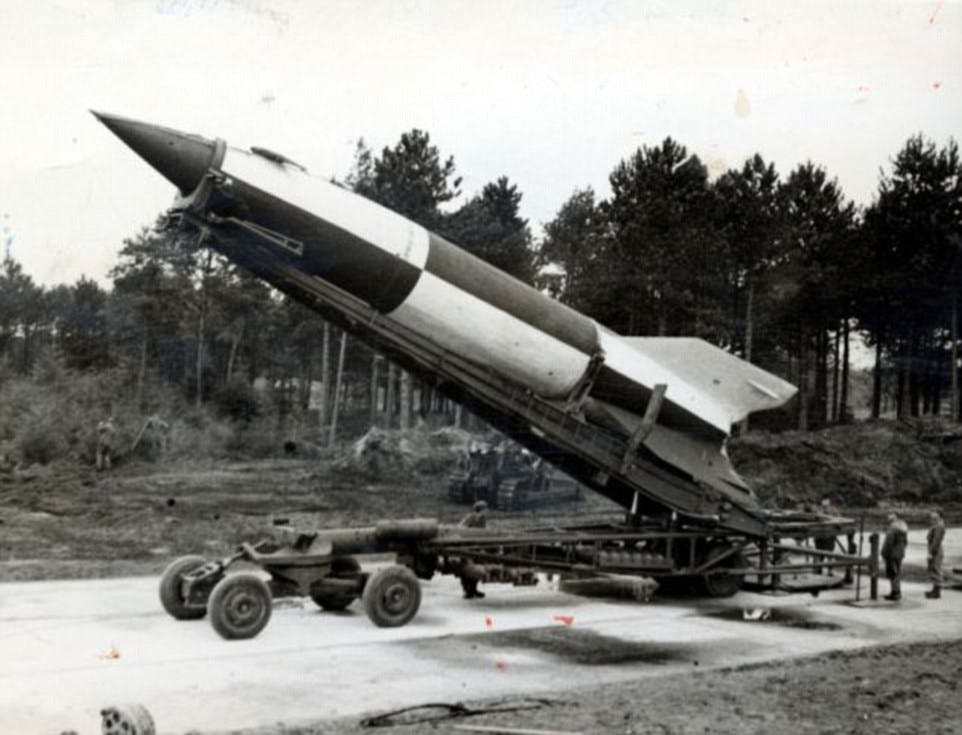
Source:- www.greenwichheritage.org
The above picture illustrates the V2 missile 👆🏻. The V2 missiles were German ballistic missiles employed in the Second World War.
- Atomic bomb & Nuclear energy
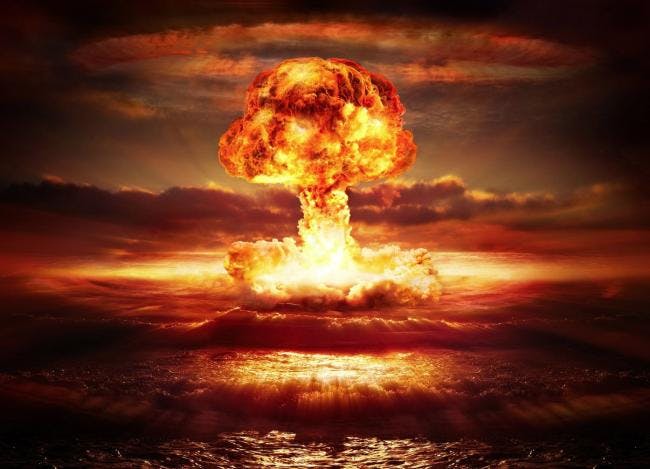
Source:- energycentral.com
Everyone is familiar with the atomic bombs. The atomic bomb, and nuclear bombs, are powerful weapons that use nuclear reactions as their source of explosive energy. The bombs have only been used on two occasions, and on both occasions, they were used by the United States, against Japan at the end of World War II, in Hiroshima and Nagasaki. Nagasaki, on the other hand, witnessed more than 40,000 people killed by the bomb known as the "Fat Man".
- Enigma Machine

The Enigma was considered to be unbreakable by the people. It was a German encryption communication system, whose sole purpose was to send highly confidential messages to the German military forces. Using the machine called bombe , Turing and his team managed to decipher up to 3,000 German messages a day. It is considered to be a machine that planted the seeds of Artificial Intelligence.
You can read the whole article which I wrote on the Enigma machine 👉🏻here👈🏻
Other technologies that were discovered in WWII were:-
- Concept of pressurized cabins.
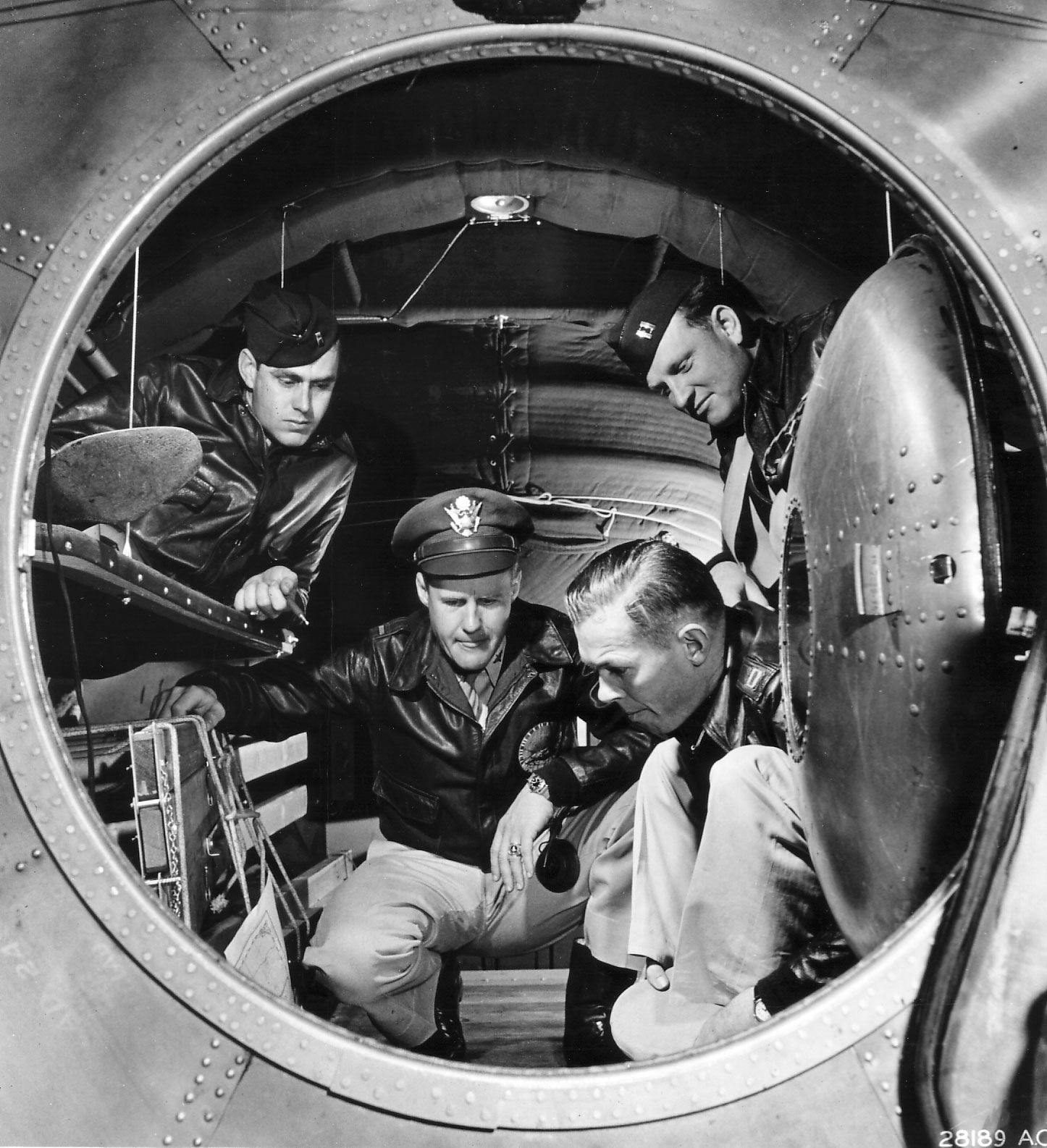
Source:- Pinterest
- Aerosol Cans
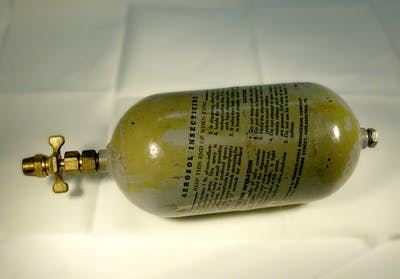
Source:- aerosol.com.au/about-aerosols/aerosol-history
Conclusion
You must therefore think that wars are a good reason to introduce new technological innovations, don't you? Well, NO! They are good for nothing. But much of the technology we depend upon today began as a kind of military technology. These technologies were utilized at a time when resources were inadequate. And now, if we look back, we should be thankful to the people who developed these technologies and shaped future generations. We ignore these inventions thinking how small they are, although we use them in our daily lives and are completely unaware of this. It is important to be aware of the origins of the technologies we use today. In general, wars tend to accelerate technological development to adapt tools for the purpose of solving specific military needs. But, Wars are something we should avoid! For the invention of new technologies, war isn't always a solution.

Read my previous articles:-

